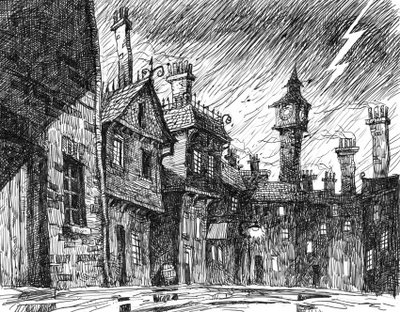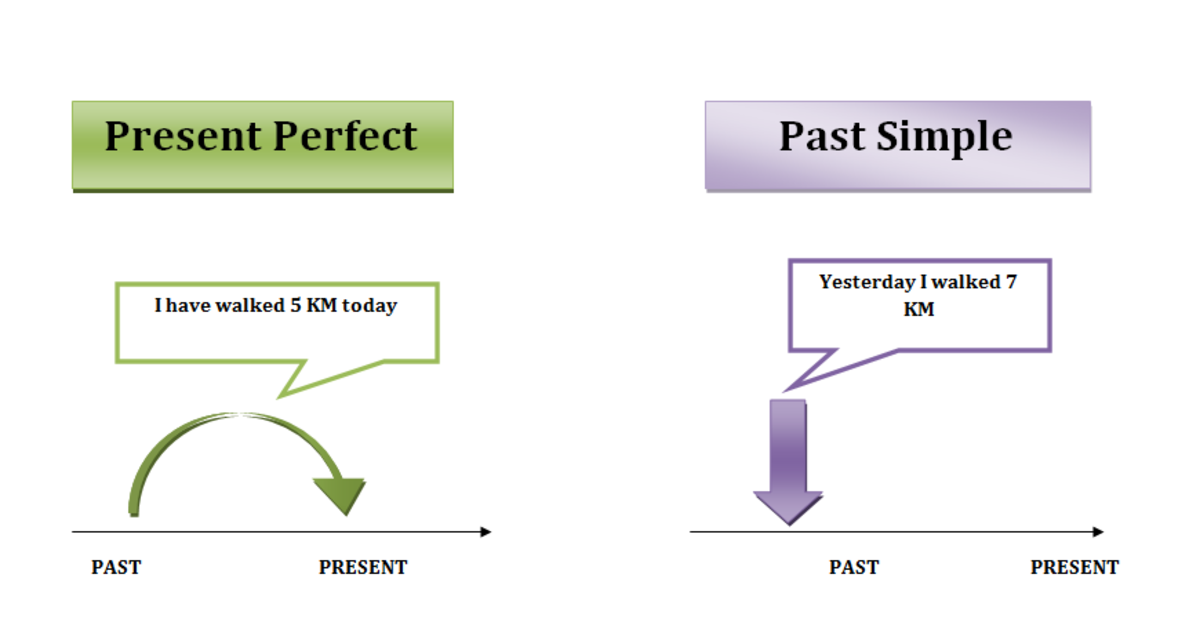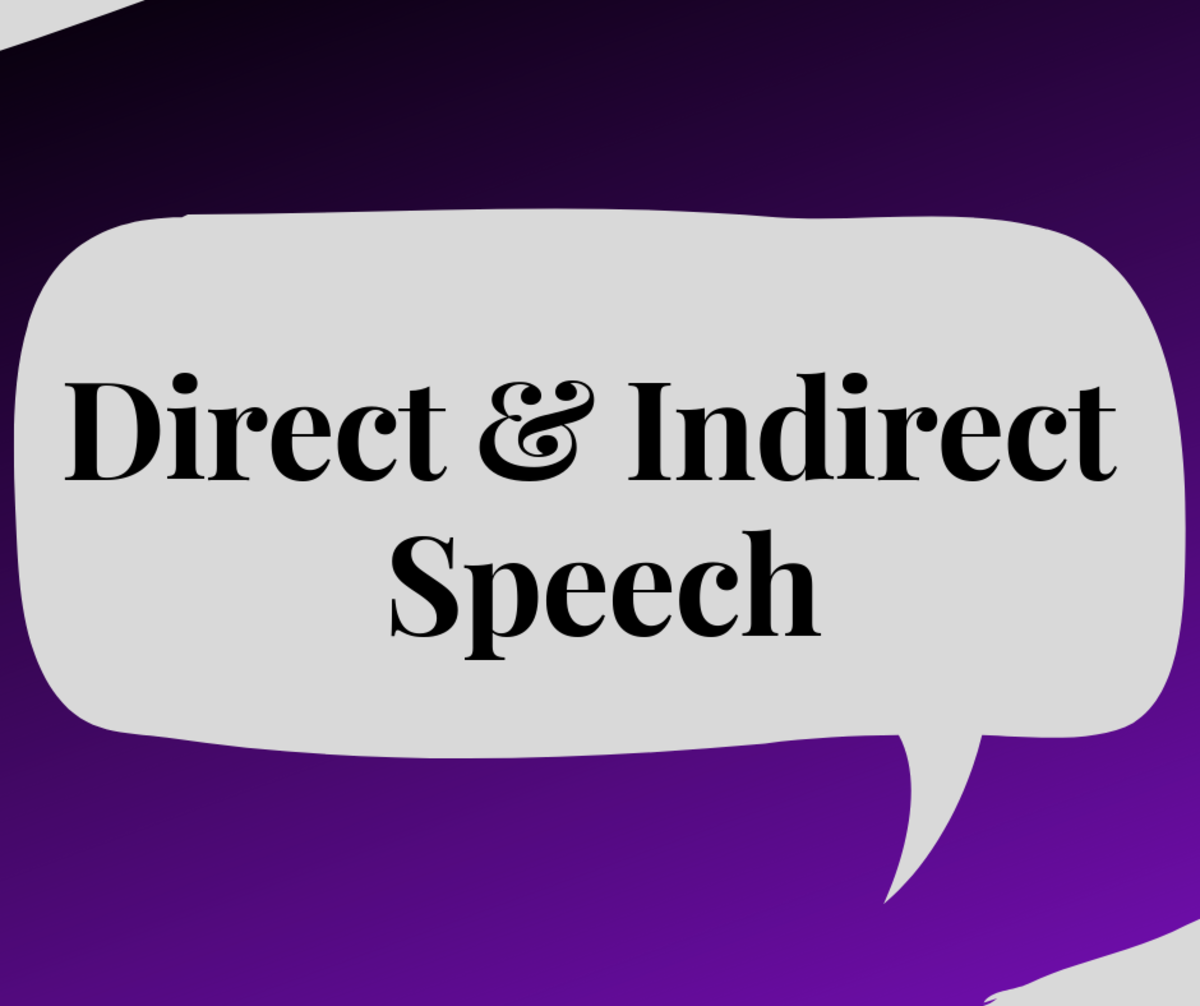Writing Tenses Prompt: Learn to Use English Tenses by Writing the Opening Scene to a Mystery Story

The Exercise and Its Grammar
The premise of this exercise is both simple and almost immediately rewarding: by paying close attention to the different kinds of information and action conveyed by each of the tenses we're focusing on, you'll be able to gain a deeper understanding of how the different tenses complement each other. You will learn how the tenses work together to create a chilling story.
The exercise as I've used it here just focuses on the very first part of the story: setting the scene and starting the action. However, more advanced or more patient learners can easily draw out the exercise and produce a full story, carefully adding other tenses, or further exploring the relationship between the two we're focusing on here.
Using the tenses discussed below:
- Set the scene for a scary story or murder mystery.
- Introduce the main character and give a little back-story explaining why your character is about to get involved in such an unsavory adventure.
- Continue the story however you see fit (describe the crime and the events leading up to it, if you've chosen to write a murder mystery, or advance the spoooooky action as your character gets in serious trouble, discovers a ghost, goes into a haunted museum, whatever).
The Tenses: Simple Past, Past Continuous and Past Perfect Continuous
Simple Past [verb-ed or irregular] and Past Continuous [was/were + verb-ing]
These are the tenses with which you'll give the information needed to set the scene for your murder mystery. The classic spooky story opens with the line "It was a dark and stormy night..." (Simple Past), which continues with something like this: "The storm was howling, and a dog was barking somewhere nearby." (Past Continuous).
The thing(s) to notice here are:
- That the simple past is used "vaguely": unless you specify a time and place, this story could be happening anywhere, at any time, in the past. This vague approach is used to make scary stories broadly applicable, and therefore, if all goes well, also more scary for your audience. Maybe it could happen to them!
- That the past continuous is used to place your audience in the middle of the action, even though the action is in the past. It helps to heighten the audience's experience of your story. If you wrote the whole story in the simple past, it would be safely locked away in the past and would not have as strong an effect on your audience. They would have to work harder to get engaged in your story.
Past Perfect [had + past participle] and Past Perfect Continuous [had been + present participle]
Continue the mystery! Use the past perfect and past perfect continuous to transition from stage-setting to the action.
The past perfect continuous will be useful here for two very different reasons:
- It can be used to explain the cause of a situation in your story. "Alan was walking home late because he had been working in the library and lost track of the time.
- To add layers of past; to talk about something which happened over a period of time (in the past) before the action (also in the past). "As the thunder and lightening got closer, Alan wished that he had been more aware of the time. If he had been more aware of the time, he could have taken (past perfect) the bus home."
You will probably use the past perfect continuous for its most common purpose: to express actions (or situations) that were in progress before another action. But you will also see how it can be used to add (temporal) layers to a story or to force the plot to progress. The past perfect, on the other hand, will be used for events/causes/situations of shorter or more specific duration (length). Compare the use of the two tenses in the last example sentence:
If he had been more aware (past perfect continuous) of the time, he could have taken (past perfect) the bus home.
In this example, the past perfect continuous applies to the whole time he was in the library after school. We don't know how long he was there, but we can assume that it was probably several hours, since he is worried about the time. However, the past perfect applies only to the small window of time when the late bus was scheduled to leave the school, let's say 4:30pm.
For more:
This lesson plan was first described in a collection of tense-specific writing prompts for ESL and EFL learners and teachers. If you see anything else there that you would like explained in more detail, please don't hesitate to submit a request.





